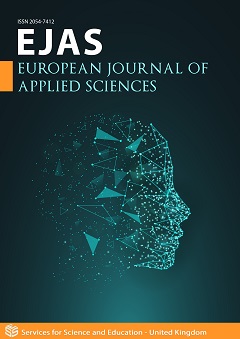Murine T Cells Exposure to Suborbital Space Flight aboard Blue Origin’s New Shepard Vehicle
DOI:
https://doi.org/10.14738/aivp.122.16867Keywords:
microgravity, suborbital flight, T cells, cytokines, Blue Origin, suborbital spaceAbstract
Numerous scientific experiments have been conducted in space. However, the precise mechanisms mediating successful human body adaption to the hostile space environment are still not delineated. The cost and logistic challenges of sending biological payloads to the International Space Station are forcing scientists to find alternative research platforms. In this study, we investigated whether 3.2 min exposure to microgravity using a novel research platform, the suborbital flight aboard Blue Origin’s New Shepard rocket, modulated the behavior of the gravity-sensitive murine T cells. We assessed the effect of the suborbital environment on different T cell subsets, activation markers, functionality, and cytokine secretion capabilities. Thus, to optimize the potential response of T cells, we cultured them in interleukin IL-2 alone or in combination with IL-12. Our results indicate that exposure to suborbital flight decreased the expression of T cells with CD4+ cells being more sensitive to suborbital flight as compared to CD8+ cells. Although our data indicate that the functional capabilities of flown T cells were reduced, our findings suggest that supplementing cells with IL-2 and IL-12 cytokines may restore suborbital flight-mediated cellular alterations. Finally, this study is an example of a multidisciplinary team effort with expertise in science, microgravity, and technology.
Downloads
Published
How to Cite
Issue
Section
License
Copyright (c) 2024 Pedro J Llanos, Kristina Andrijauskaite, Sathya Gangadharan, Jay Morris, Michael J. Wargovich

This work is licensed under a Creative Commons Attribution 4.0 International License.






